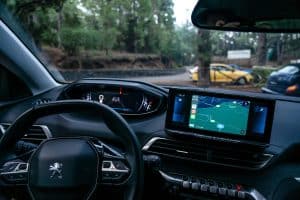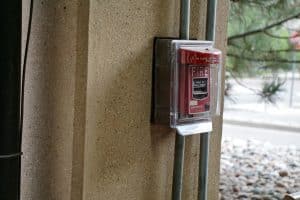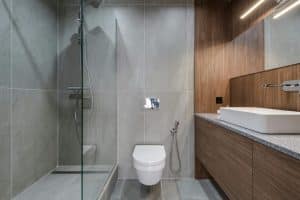Lane-Keeping Assist vs. Lane-Centering: Understanding the Difference
Picture this scenario: you’re driving on a long stretch of highway and suddenly your car veers slightly towards the lane next to you. In a split second, you grip the steering wheel tightly, trying to maintain control and avoid a potential accident. Now imagine if your car could assist you in staying safely within your lane, without you having to make any quick adjustments. This is where lane-keeping assist and lane-centering technology come into play. Both features aim to enhance driver safety and make your driving experience more comfortable, but they work in different ways. In this article, we’ll dive into the details and explain the difference between lane-keeping assist and lane-centering. 
What is Lane-Keeping Assist?
Lane-keeping assist (LKA) is a driving technology that helps drivers maintain control and stay within their lane. It uses sensors and cameras to detect lane markings and alerts the driver with visual, audible, or haptic signals if they start to drift out of their lane. Some LKA systems even have the ability to apply gentle steering inputs to help the driver stay within the lane boundaries. This feature is especially useful on long road trips or in heavy traffic where driver fatigue or distractions may cause unintentional lane departures.
How Does LKA Work?
Most lane-keeping assist systems use a forward-facing camera mounted on the windshield to detect lane markings. Some systems also use radars or ultrasonic sensors to gather additional information. When the system detects that the vehicle is drifting towards the lane markings, it will alert the driver to take corrective action. This can be in the form of a visual warning on the dashboard, an audible alert, or a vibration in the steering wheel or seat. In some cases, the system may intervene and steer the vehicle back into the lane.
The Importance of LKA in Preventing Accidents
According to the National Highway Traffic Safety Administration (NHTSA), unintentional lane departures contributed to 25% of fatal motor vehicle crashes in 2018. Lane-keeping assist technology can help prevent these accidents by providing an extra layer of safety and alerting drivers to potential lane departures. It can also be a crucial aid for drivers with disabilities, such as limited mobility or vision impairments, who may have difficulties maintaining their lane position.
What is Lane-Centering?
Lane-centering is a more advanced version of lane-keeping assist. It goes beyond just keeping the vehicle within the lane and instead focuses on keeping the vehicle centered within the lane. This means that the system will actively make adjustments to keep the car in the middle of the lane, rather than just preventing it from drifting out of the lane.
How Does Lane-Centering Work?
Lane-centering systems use similar technology to LKA, but they rely on more advanced cameras and sensors to gather more detailed information about the vehicle’s surroundings. They can detect curves, intersections, and other potential hazards on the road and adjust the steering angle accordingly. Some systems also use GPS data to ensure that the vehicle stays precisely within the lane boundaries, even on curves or varying lane widths.
The Benefits of Lane-Centering
Lane-centering technology offers a more seamless and hands-off driving experience compared to LKA. It can reduce driver fatigue and minimize the risk of accidents by actively keeping the vehicle centered within the lane. Lane-centering also works in various road conditions, including highways, city streets, and rural roads, providing drivers with constant assistance no matter where they are.
The Difference Between Lane-Keeping Assist and Lane-Centering
In summary, the main difference between lane-keeping assist and lane-centering is that LKA focuses on preventing the vehicle from drifting out of the lane, while lane-centering actively keeps the vehicle centered in the lane. Lane-centering uses more advanced technology and offers a more comprehensive driving experience. However, both features aim to enhance driver safety and make driving more comfortable and less stressful.
Which One is Best for You?
Deciding whether lane-keeping assist or lane-centering is right for you depends on your driving habits and preferences. If you frequently take long road trips or drive in heavy traffic, LKA can be a great aid to prevent lane drifts. However, if you want a more hands-off driving experience and are willing to pay extra, lane-centering can be a worthwhile investment. When purchasing a new vehicle, make sure to test drive and explore the different driving technologies to determine which one best suits your needs.
Final Thoughts
Lane-keeping assist and lane-centering technologies are valuable aids that enhance driver safety and make driving more comfortable. While they may seem like small features, they can make a big difference in preventing accidents and reducing driver fatigue. If you’re in the market for a new car, consider opting for these advanced driving technologies to make your daily commute or road trips a smoother and safer experience.









